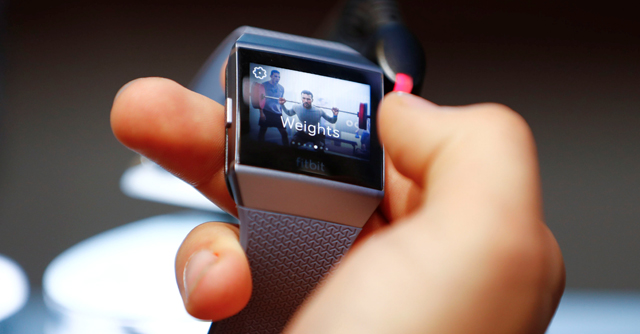
Where India stands as a wearables market


Early this month, Google snapped up wearable devices maker Fitbit for $2.1 billion, marking the search giant’s entry into a market that it has been trying to break into for years.
Announcing the deal, Rick Osterloh, senior vice president of devices and services at Google said in a blog post that the Fitbit acquisition was an opportunity to invest more in wearable operating systems as well as “introduce Made by Google devices into the market”.
According to research firm Gartner, the global wearable devices market is set to grow dramatically over the next few years and Google definitely wants a piece of the pie. Especially considering that the world’s number one wearable devices manufacturer is longtime rival Apple, while Fitbit is in second position.

Gartner predicts that end-user spending on wearable devices would total $52 billion in 2020, a 27% growth from 2019.
“Microsoft has been out of the game for a while. They (Google) are looking to build their own specific OS. They have a health focus but it is in its infancy in terms of differentiating themselves from an application or OS perspective. This is where FitBit could help,” said Gartner analyst Ranjit Atwal.
Google’s acquisition of Fitbit puts the spotlight on the wearables market worldwide, including India, the third largest market after China and the US, according to market intelligence firm IDC.

Preference for hearables
India’s wearables market, according to IDC, grew by a huge 124% annually and a record 3 million units had been shipped in the second quarter of 2019.
The reasons for the immense growth in India can be attributed to the popularity of ear-worn wearables or hearables, which IDC said has grown by 374.9% annually. Indians seem to have a preference for hearables, with the earwear category accounting for 55.9% of all shipments. Wrist bands came in second at 35.2 % and watches stood at 6.9%.

“Wristbands used to dominate the market earlier but they have limited functionality. However, hearables augment the overall experience with music, which is a big factor in India. The affordability also plays an important role,” said Jaipal Singh, associate research manager, client devices at IDC India.
“Hearables compliment the smartphone penetration that is underway within India,” says Gartner’s Ranjit. In terms of total units, it is still behind PCs and smartphones which sell in large numbers, but it is growing,” Ranjit adds.
Localized, enterprise use cases for wearables is the future

Some of the prominent players in India include the likes of GOQii and Titan, while companies such as Maven Systems offer to build wearable devices for enterprises from scratch.
The growth in wearables is increasingly being driven by the growing popularity of fitness and the need of the millennials to make a fashion statement.
However, wearable devices have a bigger role to play as the use cases, especially among enterprises, largely remain untapped.

These devices have the potential to be used as identity keys which can be used to enter offices, or even as payment devices that can be used in place of the mobile phone. “There are many use cases linked with IoT and smarthomes, but the overall pace of growth Is still slow,” explains Jaipal.
Gartner’s Ranjit is of the opinion that wearable devices could also reform the Indian healthcare market, where wearables can act as a connecting link between the doctor and the patient and make up for the absence of facilities and infrastructure.
“The patients can receive medical advice faster and quicker with the help of these wearables,” points out Ranjith.

Moving forward, although India is the third largest consumer of wearable devices in the market and is growing in double digits, it has a long way to go in terms of adoption and finding localized use cases for mass deployments.
We still have lots of gaps to fill. In China the overall adoption, developing use cases and the maturity of the market is high. We are behind them by 7-8 years,” says Jaipal.
Hence to expand and to grow India needs to tap into the issues and needs of the larger user base and explore what new benefits can be brought to the table for the general population.
